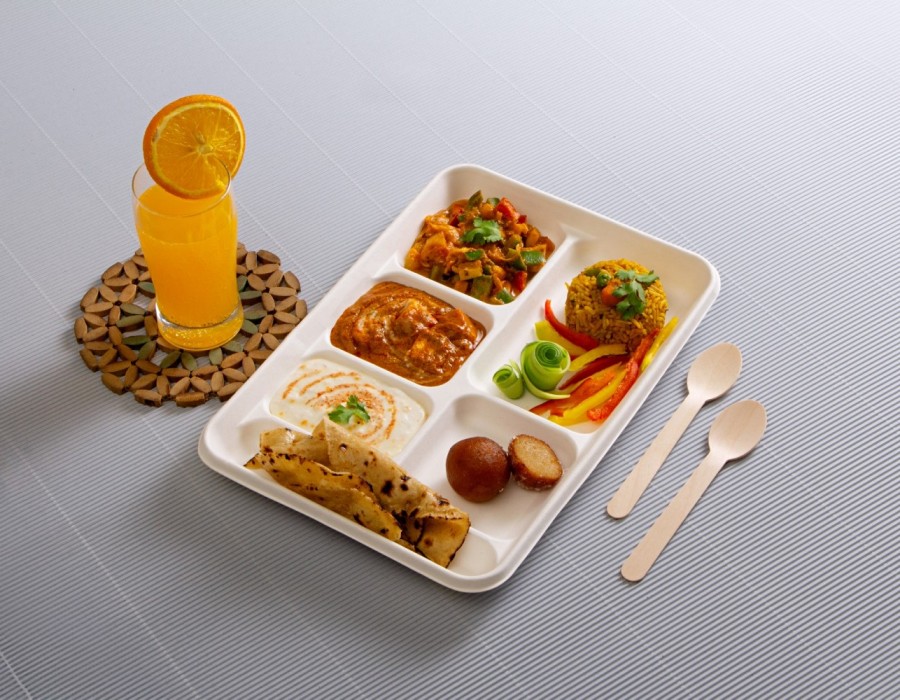Introduction
In recent years, the circular economy has gained traction as a sustainable model that aims to minimize waste and make the most of resources. Bagasse plates, made from the fibrous residue left after extracting juice from sugarcane, are a prime example of how everyday products can contribute to this innovative economic model. By embracing bagasse plates, consumers and businesses alike are participating in a system that values resource efficiency and environmental stewardship.
Understanding the Circular Economy
The circular economy is designed to counteract the traditional linear economic model, which often results in significant waste and resource depletion. Instead of a “take, make, dispose” approach, the circular economy emphasizes “reduce, reuse, and recycle.” This model focuses on creating closed-loop systems where products and materials are continually cycled back into the economy, reducing the need for new raw materials and minimizing environmental impact. Bagasse plates fit seamlessly into this model by utilizing a by-product that would otherwise be wasted and transforming it into a valuable, sustainable product.
How Bagasse Plates Contribute to Resource Efficiency
Bagasse plates are a perfect example of resource efficiency in action. The production of these plates starts with sugarcane, a crop that generates a substantial amount of residual material once the juice is extracted. Rather than discarding this by-product, it is repurposed into durable and biodegradable plates. This approach not only reduces waste but also ensures that the sugarcane’s resources are fully utilized. By integrating bagasse into tableware, the circular economy is supported through the efficient use of materials and the reduction of environmental impact.
Closing the Loop: Biodegradability and Composting
A key aspect of the circular economy is ensuring that products can return to the environment safely and contribute to the health of ecosystems. Bagasse plates excel in this regard due to their biodegradability. Unlike plastic plates, which can persist in landfills for hundreds of years, bagasse plates break down naturally within a few months when composted. This decomposition process enriches the soil, contributing to nutrient cycling and promoting sustainable agricultural practices. By choosing bagasse plates, consumers and businesses help close the loop, ensuring that waste does not accumulate but instead becomes a part of the natural cycle.
Encouraging Sustainable Practices
The adoption of bagasse plates also reflects a broader commitment to sustainable practices within various industries. Restaurants, caterers, and event planners are increasingly recognizing the value of incorporating eco-friendly products into their operations. By opting for bagasse plates, these businesses are not only aligning with circular economy principles but also meeting the growing demand from consumers who prioritize sustainability. This shift encourages more companies to consider the environmental impact of their choices and supports the transition towards a more sustainable economic model.
Conclusion: Embracing a Circular Future
Bagasse plates are a significant example of how products can align with and support the principles of the circular economy. By turning agricultural waste into functional, eco-friendly tableware, these plates demonstrate how resource efficiency, biodegradability, and sustainable practices can work together to create a positive environmental impact. As the circular economy continues to gain momentum, embracing products like bagasse plates will be crucial in building a more sustainable and resilient future. By making mindful choices, consumers and businesses can contribute to this evolving economic model and support a healthier planet for generations to come.





Comments